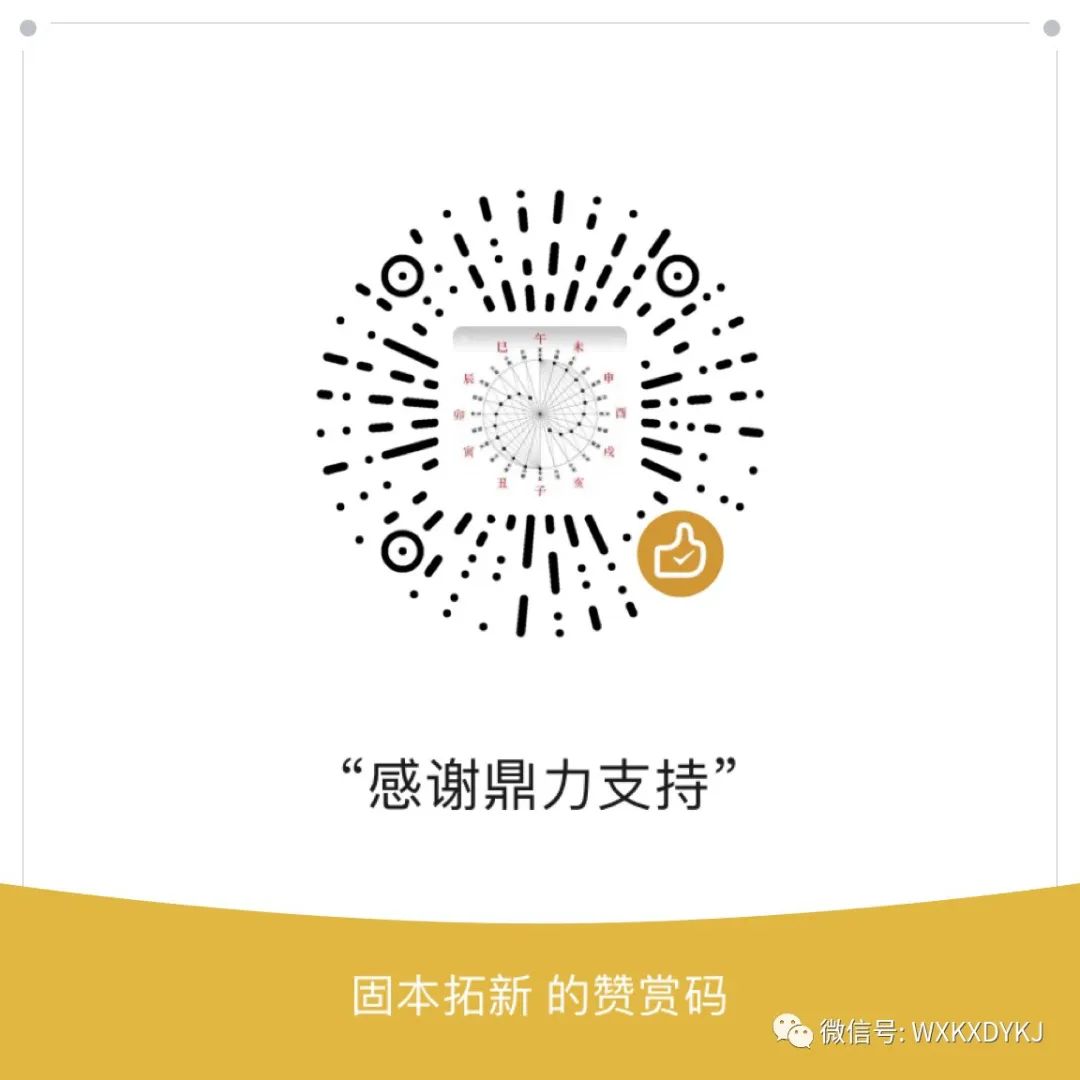The charging pile circuit board is the core component of the charging pile, responsible for functions such as power conversion, control, communication, and safety protection. Below is a detailed analysis of the charging pile circuit board:1. Main Functional ModulesPower Module (AC/DC or DC/DC conversion):Converts grid AC power (AC) to DC power (DC) for battery charging (e.g., fast charging piles) or adjusts voltage (e.g., slow charging piles).Key components: rectifier bridge, MOSFET/IGBT, high-frequency transformer, filter capacitor.Control Module (MCU Main Control):Utilizes microcontrollers (e.g., STM32, NXP series) or DSP chips to manage the charging process, billing, status monitoring, etc.Integrates CAN/RS485 communication protocols to interact with the vehicle’s BMS system.Protection Circuit:Overvoltage, overcurrent, short circuit, leakage (via RCD circuit), lightning protection.Temperature monitoring (NTC sensor) and heat dissipation control (e.g., fan drive).Human-Machine Interaction (HMI):Display screen drive, button input, LED status indication, card/NFC module.Communication Module:4G/WiFi/Ethernet (remote monitoring), Bluetooth (near-field configuration), RFID (user authentication).2. Key ComponentsPower Devices:SiC (Silicon Carbide) or GaN (Gallium Nitride) devices (high efficiency and high frequency, used for high-power fast charging piles).Traditional silicon-based IGBTs (lower cost, suitable for medium and small power). Current/Voltage Sensors:Hall sensors or shunt resistors for real-time monitoring of charging parameters.Isolation Devices:Optocouplers or digital isolators (e.g., ADI’s iCoupler) to ensure high and low voltage isolation.Energy Metering Chips:Such as ADE7953, for accurate energy measurement for billing.3. Design PointsEMC/EMI Design:Complies with standards such as CISPR 32, using shielding, filtering circuits, and layered PCB layouts to reduce interference.Thermal Management:High-power circuits require the design of heat sinks, thermal pads, or liquid cooling modules (e.g., 350kW supercharging piles).PCB Layout:High and low voltage zoning layout to avoid insufficient creepage distance (e.g., safety regulations require AC-DC spacing ≥3mm).Software Logic:Complies with national standard GB/T 18487.1 or international standards (e.g., IEC 61851), supporting charging handshake and fault diagnosis.4. Common Faults and TroubleshootingCharging Interruption:Check communication lines (CAN bus terminal resistance), BMS protocol compatibility.Overheating Alarm:Clean fan dust or check the contact of heat dissipation components.No Output:Test fuses, relay contacts, and whether power devices are shorted.The charging pile circuit board is the core component of the charging pile, responsible for functions such as power conversion, control, communication, and safety protection. Below is a detailed analysis of the charging pile circuit board:1. Main Functional ModulesPower Module (AC/DC or DC/DC conversion):Converts grid AC power (AC) to DC power (DC) for battery charging (e.g., fast charging piles) or adjusts voltage (e.g., slow charging piles).Key components: rectifier bridge, MOSFET/IGBT, high-frequency transformer, filter capacitor.Control Module (MCU Main Control):Utilizes microcontrollers (e.g., STM32, NXP series) or DSP chips to manage the charging process, billing, status monitoring, etc.Integrates CAN/RS485 communication protocols to interact with the vehicle’s BMS system.Protection Circuit:Overvoltage, overcurrent, short circuit, leakage (via RCD circuit), lightning protection.Temperature monitoring (NTC sensor) and heat dissipation control (e.g., fan drive).Human-Machine Interaction (HMI):Display screen drive, button input, LED status indication, card/NFC module.Communication Module:4G/WiFi/Ethernet (remote monitoring), Bluetooth (near-field configuration), RFID (user authentication).2. Key ComponentsPower Devices:SiC (Silicon Carbide) or GaN (Gallium Nitride) devices (high efficiency and high frequency, used for high-power fast charging piles).Traditional silicon-based IGBTs (lower cost, suitable for medium and small power). Current/Voltage Sensors:Hall sensors or shunt resistors for real-time monitoring of charging parameters.Isolation Devices:Optocouplers or digital isolators (e.g., ADI’s iCoupler) to ensure high and low voltage isolation.Energy Metering Chips:Such as ADE7953, for accurate energy measurement for billing.3. Design PointsEMC/EMI Design:Complies with standards such as CISPR 32, using shielding, filtering circuits, and layered PCB layouts to reduce interference.Thermal Management:High-power circuits require the design of heat sinks, thermal pads, or liquid cooling modules (e.g., 350kW supercharging piles).PCB Layout:High and low voltage zoning layout to avoid insufficient creepage distance (e.g., safety regulations require AC-DC spacing ≥3mm).Software Logic:Complies with national standard GB/T 18487.1 or international standards (e.g., IEC 61851), supporting charging handshake and fault diagnosis.4. Common Faults and TroubleshootingCharging Interruption:Check communication lines (CAN bus terminal resistance), BMS protocol compatibility.Overheating Alarm:Clean fan dust or check the contact of heat dissipation components.No Output:Test fuses, relay contacts, and whether power devices are shorted.Publication: Issue 79, 2025——————————————————— Special Statement: The above content (including any videos, images, or audio) is uploaded and published by users of this media platform, which only provides information storage space services. Copyright belongs to the original author; please contact for deletion if there are any issues.
Notice: The content above (including the videos, pictures, and audios if any) is uploaded and posted by the user, which is a social media platform and merely provides information storage space services.
Thank you for beneficial communication and cooperation.

You may need
Jump to this platform guide